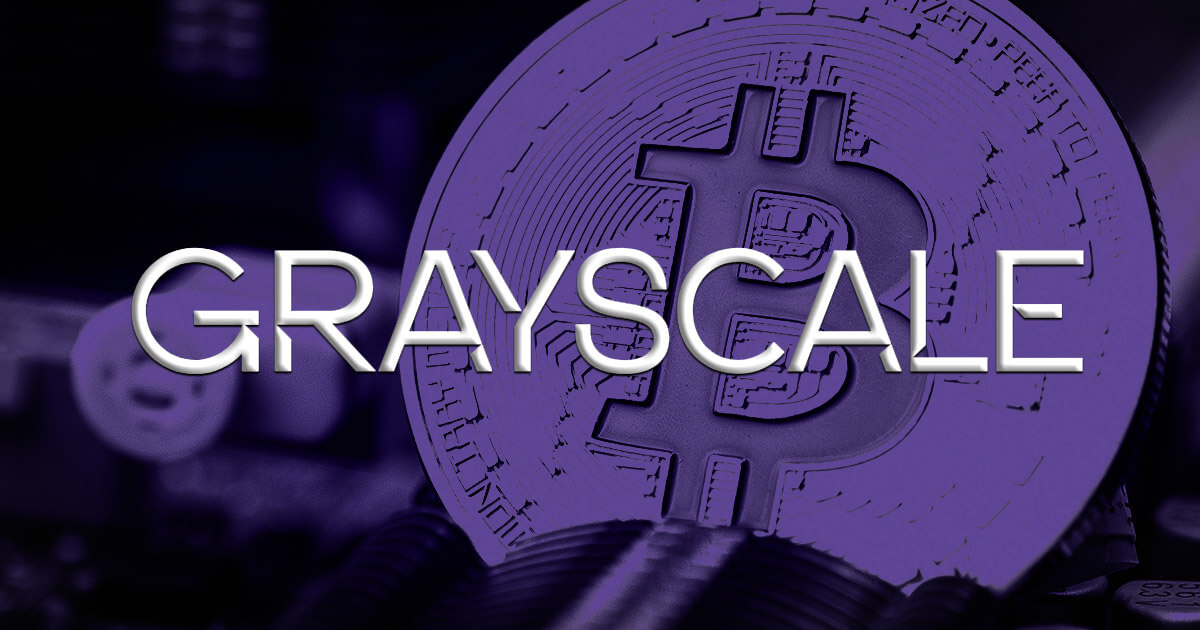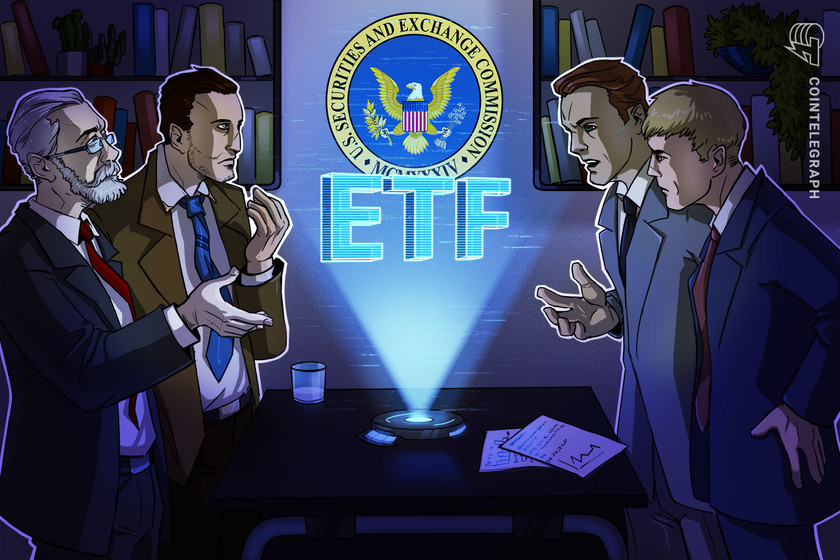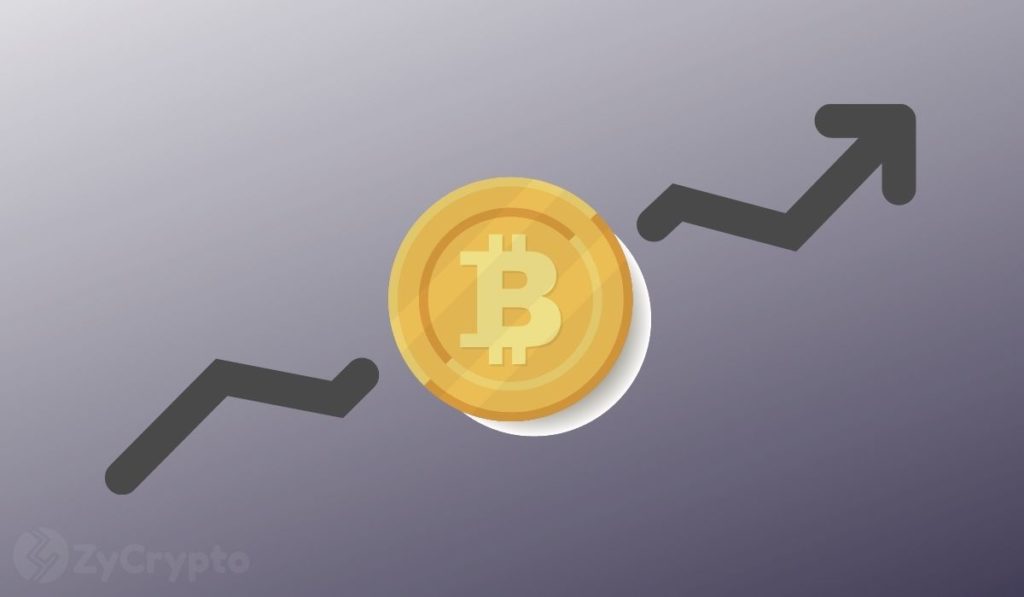2018-10-2 18:00 |
So far this year, the SEC has rejected a Bitcoin fund proposed by the Winklevoss twins, two ETFs filed by Proshares, five ETFs from Direxion, and another from GraniteShares.
Still, pundits are optimistic that a Bitcoin ETF approved by the SEC will hit the market in 2019.
After reviewing every single Bitcoin ETF proposal in the last two years, I’m quite confident that any Bitcoin ETF based on Bitcoin futures will be rejected. The first Bitcoin ETF the SEC will approve will be physically backed.
Let’s explore these two categories of Bitcoin ETFs in greater detail.
1. ETFs that Physically Hold BitcoinWhen an ETF wants to create new shares of its fund, it turns to someone called an authorized participant (AP) for help. An AP is just a fancy name for someone who is responsible for purchasing the underlying assets an ETF wants to hold. APs require a license from the ETF provider and are typically financial institutions with a lot of purchasing power.
For Bitcoin ETFs, the APs have the option of sending over baskets of cash instead of Bitcoin. This is simply for convenience as many APs don’t want to purchase Bitcoin and hold on to it themselves.
So when the AP sends over a basket of cash, the ETF provider trades the cash for Bitcoin. Then the provider returns ETF shares that are of equal value, less transaction fees, to the AP.
The most recently proposed ETF, submitted by VanEck and SolidX, follow this model. You can read more about this fund from their SEC filing here.
Pros: Low transaction costs — It’s generally very cheap to trade ETFs on the market especially when compared to the high fees exchanges charge to trade between fiat and Bitcoin. Tracks Performance of Bitcoin — Since the ETF holds Bitcoin, it should track the performance of Bitcoin well. APs can arbitrage price differences between the ETF price and NAV for a profit and this should remove large discounts and premiums. Liquid markets — The daily trading volume for Bitcoin is in the billions. The risk of illiquid markets having an impact on redemption is not too high. Risks & Concerns: Counterparty risk — The ETF provider remains in custody of the Bitcoin and has to take security precautions to avoid theft. Higher expense ratio — Bitcoin ETF will likely have higher fees than traditional ETFs due to the high transaction costs APs have to pay in the creation and redemption of ETF shares when they choose to submit or redeem, baskets of cash. So far VanEck is planning to charge $1,000 for every creation & redemption transaction, plus some TBD variable transaction fee on top. Inaccurate NAV — Redemptions are made based on NAV so an inaccurate NAV will break the arbitrage mechanism. Most ETF NAVs are calculated once per day. But since the Bitcoin market is so volatile, intra-day NAV measures are required. For instance, the VanEck ETF plans to use the MVIS Bitcoin Index which is updated every 15 seconds. Still, determining NAV can be difficult since prices can be different across multiple exchanges. Markets closed for ETF but open for Bitcoin — The market for trading ETFs can be closed while cryptocurrency exchanges are open. Prices may fall significantly in the meantime and investors will not be able to mitigate losses in a closed market. Non-concurrent trading hours also may increase the gap between the ETF price and NAV. 2. ETFs that Purchase Bitcoin DerivativesThe second kind of ETF does not actually hold any Bitcoin. Instead, the ETF tries to mimic the performance of Bitcoin by trading Bitcoin futures, options, swaps, money market instruments, and investing in other pooled vehicles.
The Direxion ETFs are examples of this. The VanEck Vectors Bitcoin ETF is another example. Pros: The fund doesn’t have to worry about the security risks of holding Bitcoin since it does not take custody of any Bitcoin. Risks & Concerns: Approximating the performance of Bitcoin — Since the fund only approximates the performance of Bitcoin, there could be scenarios where the returns of the fund are significantly divorced from the performance of Bitcoin. Active management risk — The holdings of an actively managed fund are completely under the discretion of the money manager. In an attempt to track the performance of Bitcoin, an active manager may significantly underperform Bitcoin. Active management cost — Actively managed funds charge higher fees than their passive counterparts. This is often known as the management expense ratio (MER). Margin call risk —Futures contracts require some amount of capital on hand called a maintenance margin. If the deposit margin does not meet the requirements of the maintenance margin, the exchange will attempt a margin call. If there are not sufficient cash or cash equivalents, the futures contract will be liquidated and result in immediate and substantial losses to the fund. Both market volatility and leveraged trading makes this more likely to happen. Even a relatively small price movement under leveraged conditions can cause massive liquidations to happen. Given the volatility of Bitcoin, this can be a big risk if not handled correctly. To make matters worse, prominent futures exchanges like Bitmex have been accused for manipulating Bitcoin prices in order to trigger margin calls. Leveraged Trading Risk — The significant use of leveraged financial instruments means that even short-term price movements can adversely impact the performance of the fund. Rollover Risk — Many futures contracts are switched for ones that expire further into the future in a process called rollover. This is done so the contracts do not expire and go to settlement. If the contract’s future price is higher than the spot price, the investor loses money by rolling the same quantity of the asset at a higher price. This is usually referred to as contango. ETFs that Hold Physical Bitcoin > ETFs Trading Bitcoin DerivativesObviously, the biggest worry surrounding ETFs that hold Bitcoin is custody risk. But I am inclined to believe that mitigating custody risk is easier than mitigating the risks of improperly tracking Bitcoin by trading derivatives.
Legitimate custodian services are popping up i.e. Coinbase Commerce, Xapo, itBit, Bitgo. In the future, it’s very likely that large financial institutions will also jump into the game. Securely storing BTC is difficult, but not impossible.
On the other hand, the risks associated with trading Bitcoin futures are not so easy to mitigate. Like we mentioned before, investors need to place a great amount of trust in the active manager to approximate the performance of Bitcoin using derivatives. It will be less transparent, cost more, and a small price change can have a big impact on performance because of leveraged trading.
Despite not having custody risk, I am hesitant to believe that the SEC will approve a futures-based Bitcoin ETF that is exposed to so many underlying risks.
Bullish about VanEck’s SolidX FilingLike we said, VanEck’s and SolidX are filing for a physically backed Bitcoin ETF. I’m quite optimistic about this proposal. Although I still think the SEC will push out the decision to 2019, VanEck is the only ETF that I’ve screen address the SEC’s concern in a meaningful way.
In order to placate the SEC’s concerns about protecting retail investors, a minimum purchase of VanEck’s proposed Bitcoin ETF is valued at 25 BTC.
In my opinion, a Bitcoin ETF targetted towards institutional investors has a much better chance of being approved.
A Cryptocurrency ETF Index is Far, Far AwayIf the SEC is making this much of a fuss about Bitcoin, I think we are very, very far away from a cryptocurrency index ETF.
To approve a cryptocurrency index, the SEC will have to put every coin in the index through a process as arduous as the one for BTC.
The post The First Bitcoin ETF the SEC Will Approve Will be Physically Backed appeared first on CryptoSlate.
origin »Bitcoin (BTC) на Currencies.ru
|
|











